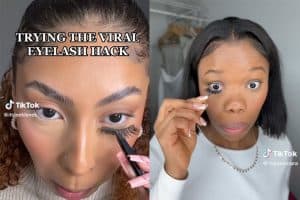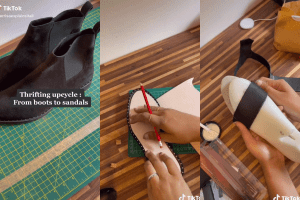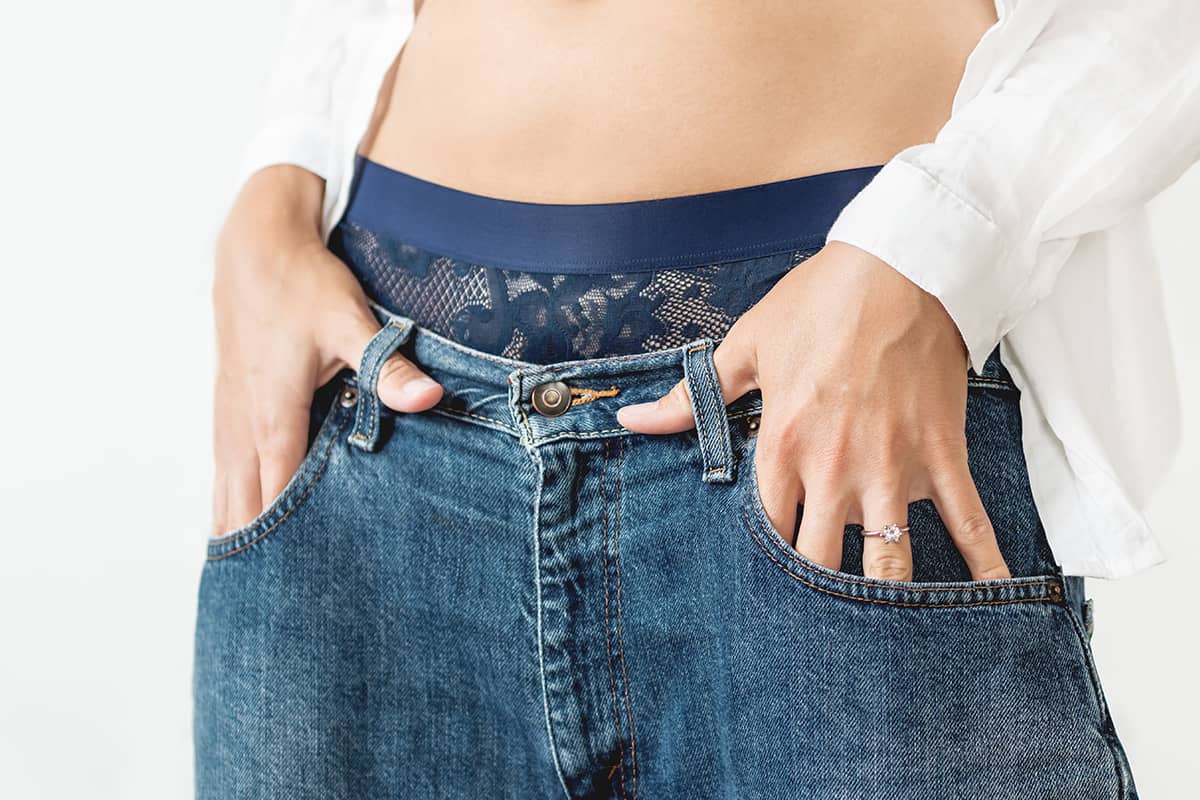
This article may include affiliate links and elements that were carefully created by our team using advanced ai to help you envision the best style advice.
NEWS - Remember the days when you couldn't step out of your house without seeing low-rise jeans and skirts everywhere?
If you were a kid or a teenager during the early 2000s, you know exactly what we're talking about.
The low-rise trend was the epitome of fashion at the time, and it was all about showing off those flat tummies.
However, this trend was not without its downsides.
For those who didn't fit the mold of a size 2, it was a trying time.
The pressure to conform to society's standards of beauty was immense, and many resorted to extreme measures just to keep up.
Looking back, it's clear that the early 2000s were a far cry from the body positivity movement we see today.
However, we're seeing celebrities like Kylie Jenner and J-Lo bringing back the low rise culture.
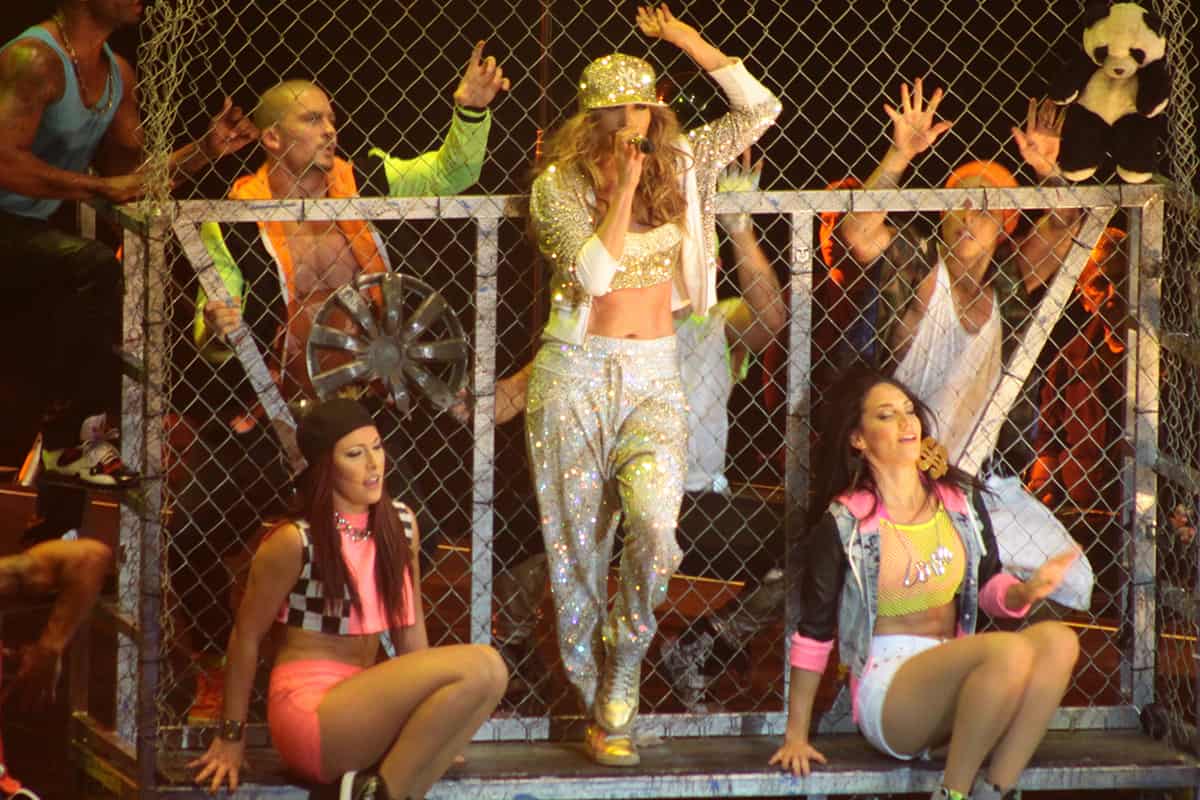
TikTokers are weighing in on this fashion trend. Tiktok user @bostonmarketmacandcheese asks "Whats a fashion trend that you absolutely hate that you are terrified is gonna come back?"
@cece.gracee responds "Low rise jeans. I'm terrified" and many others agree. With over 26k likes in just a few weeks, we can see that this is a fashion trend causing grief and controversy.
@cece.gracee #stitch with @bostonmarketmacandcheese I REFUSE to let these come back. Absolutely not. #InLove #Homemade #fashion #trends #trend #fyp #foryou #foru ♬ original sound - cece
Y2K Fashion Consequences

Y2K fashion's focus was solely on being thin, with little regard for the long-term impact on one's health.
Eating disorders were a common problem during this time.
People didn't have enough knowledge about body types or how to style themselves correctly, leaving them feeling trapped by this harsh trend.
It was a difficult time for those who didn't fit the mold of a size 2. The struggle to keep up with society's beauty standards was real, and it took a toll on people's self-esteem.
Imagine feeling like you had to suck in your stomach every time you put on a pair of low-rise jeans or a skirt.
It was a constant battle to try and fit into a mold that wasn't designed for everyone.
This is a stark contrast to the body positivity movement we see today, but it's important to remember the lessons we can learn from the past.
But is the body positivity movement in danger? Others seem to think so.
Celebrities Bring Back Low-Rise Fashion
The Year 2000s (Y2K) fashion is a blend of glitter, sparkle, and bold statement pieces. From fur jackets to butterfly clips, it holds a certain retro charm that still influences today's fashion trends.
But amidst the playful and fun elements of Y2K fashion lies low rise fashion. Is it the "dark side" of this movement?
While low-rise fashion may work for some people, it also perpetuates harmful beauty standards.
However, we must be careful not to villianize those that look good in low rise fashion. Body positivity is a theme for all, not excluding those with flat tummies.
YouTuber Mina Le weighs in on 90s / Y2K thinness coming back. With over 4500 comments, youtubers share their experience in this era.
We simply can't expect every body shape to jump on board with this re-emerging low rise trend.
We see it frequently, even with celebrities, that if someone with a little extra in the belly area wears something tight or form fitting, they could face shame and ridicule, even in today's society.
This is a reminder that we still have a long way to go in terms of body positivity and inclusivity in the fashion industry.
This isn't the fault of thin people per se. Still, the fact is that low-rise fashion emphasizes our society's tendency to mock anything less than perfection--or, in this case, anything less than a perfectly flat stomach.
The Harm That Comes With Low Rise Fashion And 90s Thinness

Although individual people cannot be villainized by trying out this trend, bringing this back into our "collective consciousness" does push brands and businesses to accommodate this style more.
As a result, it couldn't be long before we're back to scavenging for clothes that actually fit various body types--as if it's not already hard enough.
If celebrities such as J Lo don this fashion more frequently, brands will pay attention and start producing more non-inclusive clothing, bringing us back right where we started.
So, Should We Bring Back Low-Rise Fashion?
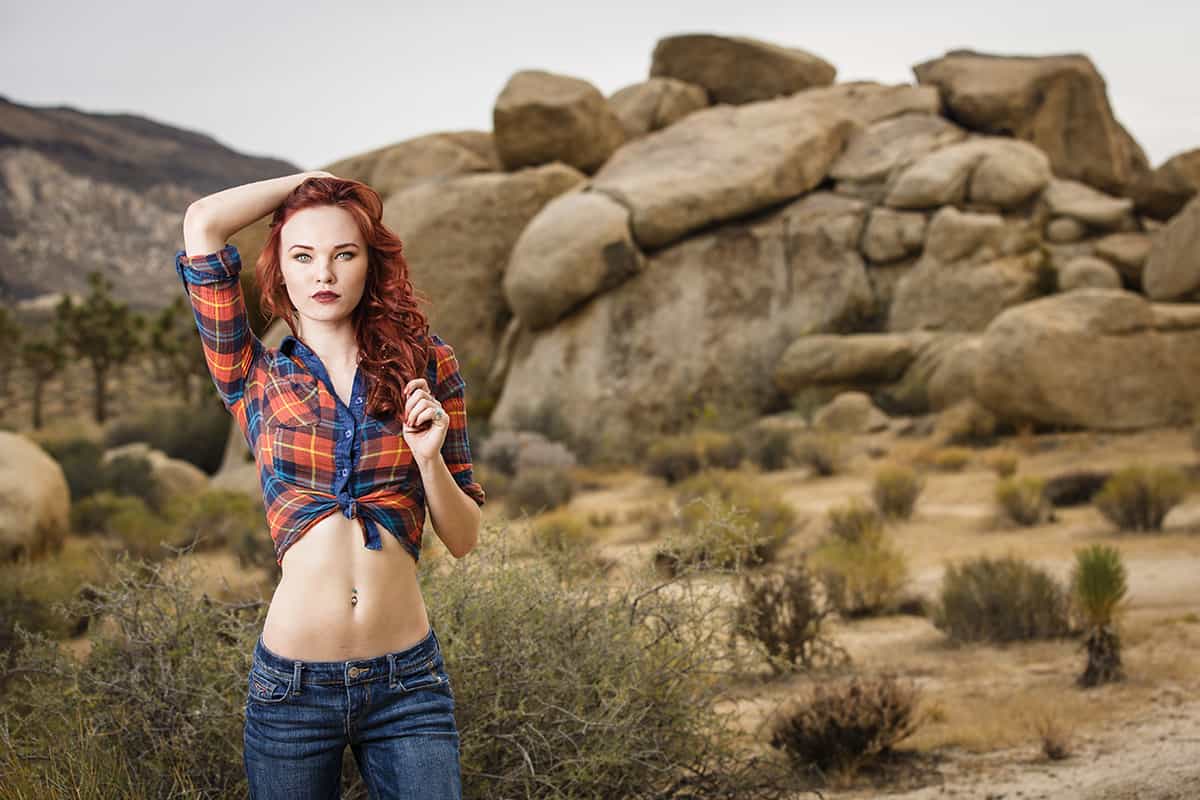
In her article What It's Like To Wear Low-Rise Jeans As A Size 20 Woman, plus size blogger Sarah Chiwaya says yes, we shoud!
She says "I grew up in the era when this cut was only for the thinnest of thin, and if you wore them with anything less than exposed hipbones and washboard abs, ridicule was sure to follow."
But, dedicated to the body positivity movement and seeing bodies in all shapes and sizes wear the fashion they love, she successfully incoprorated low rise into her wardrobe.
And, she's loving it!
Final Thoughts
Let's not repeat the mistakes of the past. Let's celebrate our bodies, no matter what size or shape they are.
This is one of the reasons why I've always been a firm believer that fashion is personal. Forcing people to wear what's deemed as "cool" takes away opportunities to be creative.
It makes people feel like there's something wrong with them if they don't fit into a piece of clothing when it's the clothes that have to fit them and not the other way around.
Personally, I believe everyone should be able to wear whatever they want. So, if we are letting this trend come back, let's put a body positive spin on it.
If you're in an influential position, you're aware that brands pay attention to you, and thus you have a say over what direction the fashion industry goes--and it's up to you whether you'd instead go back to square one.

